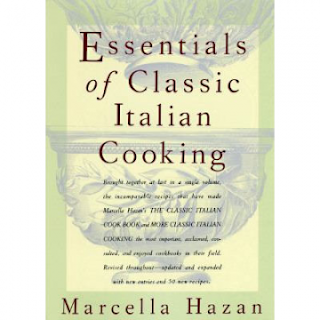Homemade Ricotta Cheese
Taken by Jefferson Woeste at my cooking class
Homemade Ricotta Cheese
If you don’t have buttermilk on hand, you can use lemon juice or vinegar as an acid in place of the buttermilk. I don’t have the exact measurements for you, but I’d imagine about 1/3 cup of vinegar or lemon juice to one gallon of milk would work.
1 quart of buttermilk
cheesecloth
Colander
1. Line a colander in the sink with the cheesecloth.
2. Combine the whole milk and buttermilk in a large stainless steel saucepan. (Do not use aluminum of copper because it will react to the acid in the buttermilk)
3. Gently, warm the milk on low heat to medium low heat. You do not want it to boil rapidly or the moisture will evaporate from the cheese and it will be rubbery, instead of light and fluffy.
4. Do not stir. Times will differ depending on temperatures, etc, but after approximately 20 minutes, you will start to see lumps forming in the milk as it warms. Those lumps are the curd. When the temperature reaches between 175-180F, the curds and whey (leftover liquid) will separate. Remove the pan from heat.
Note: I've seen some people add salt to the milk while it is cooking. I've always added it afterward. try both ways and see what is best for you. I suppose it would depend what recipes I was using the Ricotta for afterward. I may want it unsalted if I'm using it in something else where I will be adding salt.
Cheese/Homemade Ricotta Cheese, 1st Draft typed by Maili Halme Brocke, December 4, 2007, Maili Productions, Inc. Cookbook



Comments